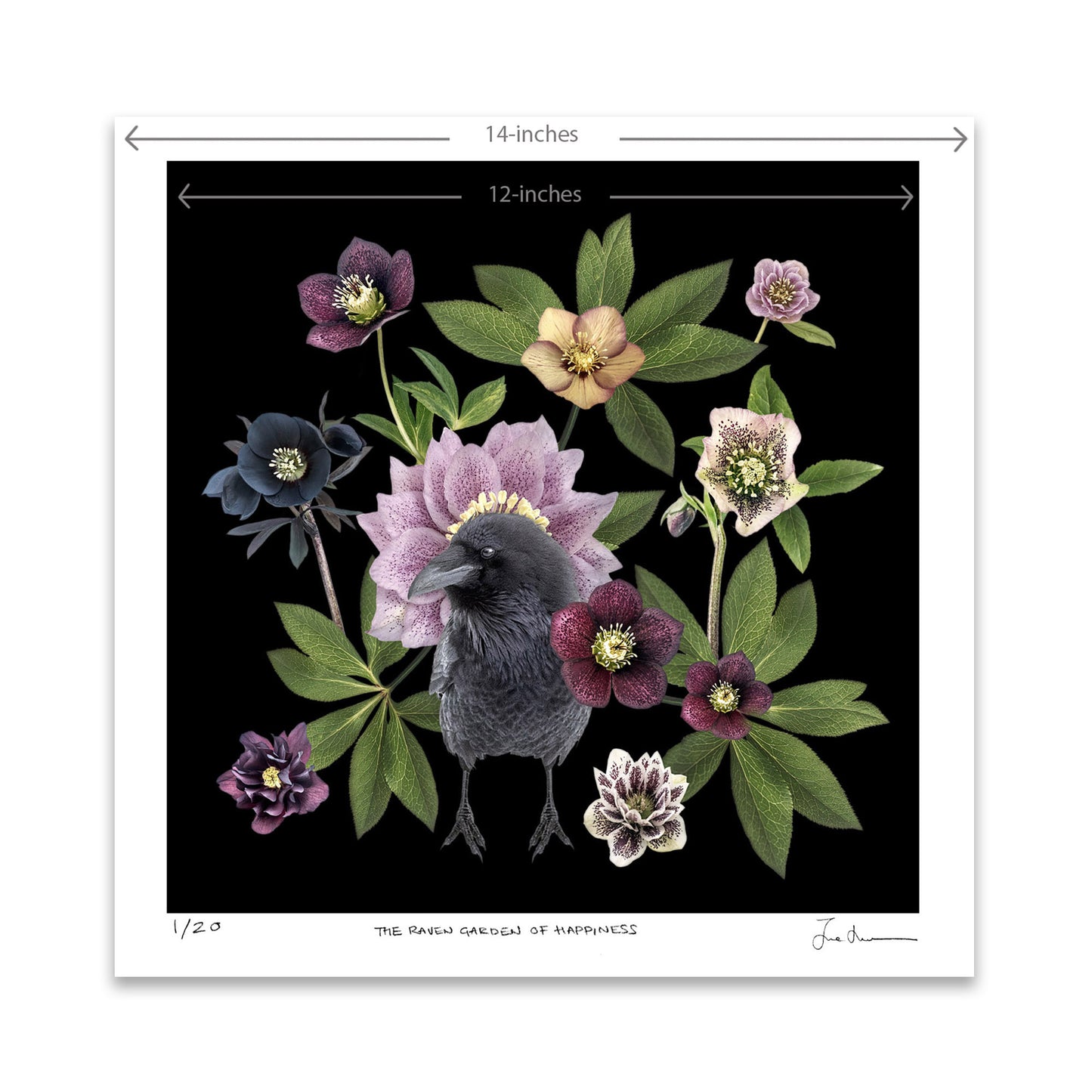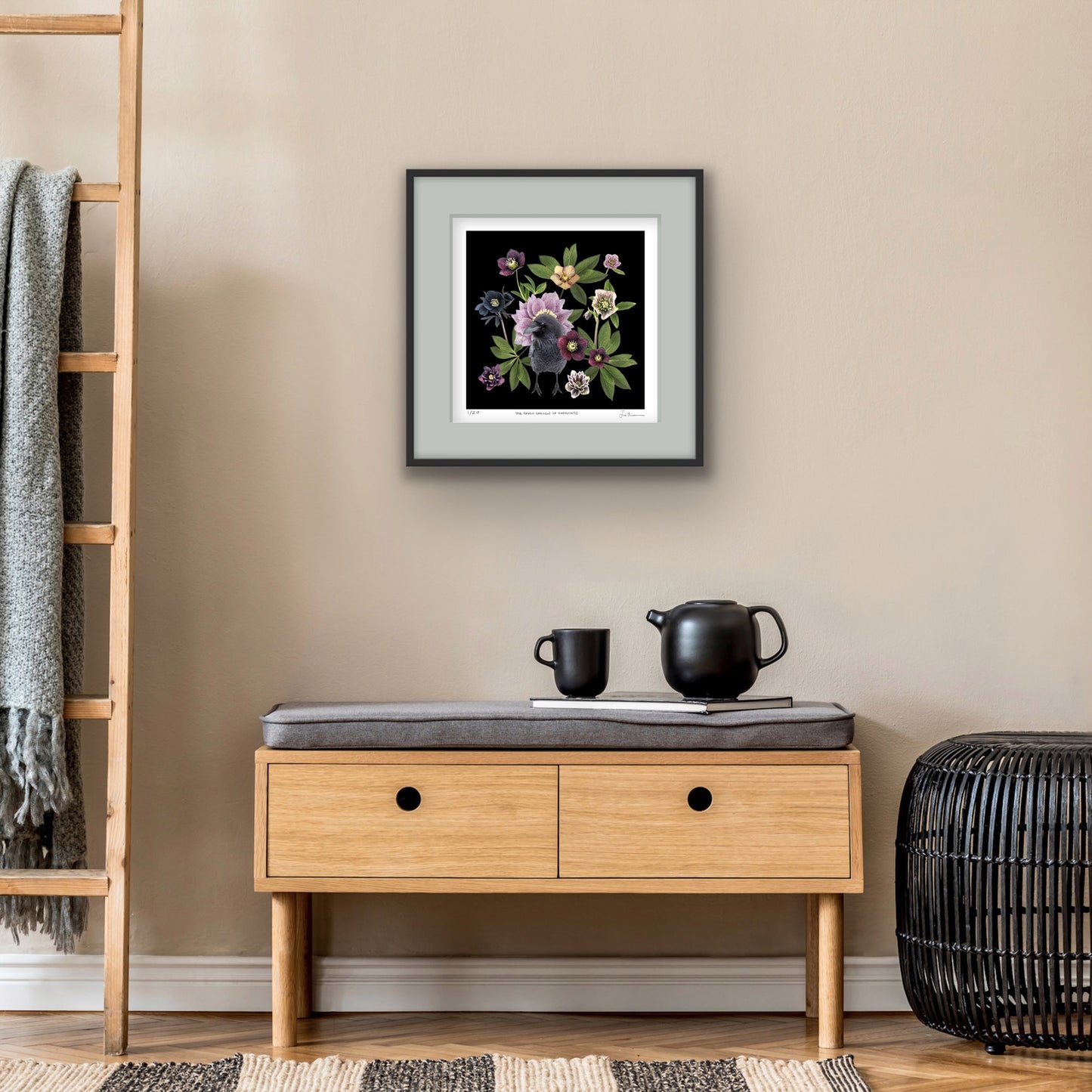How To Frame Fine Art Prints
5 Tips for Framing Fine Art Prints
Framing is the unsung hero of art presentation. It's not just about protecting your artwork; it's a critical element that enhances the visual appeal of your fine art prints. So today, we're going to talk about how to frame fine art prints.

Whether you're an avid collector or simply looking to display a cherished fine art print, understanding the nuances of framing can make all the difference.
Keep in mind that in this post, we’re sharing tips on how to preserve your fine art prints and ensure they look their best. But these are just guidelines. Take what works for you, and leave the rest!
Here are five essential tips to ensure your fine art prints are showcased to their fullest potential:
1. Choose the Right Frame
The best way to frame art prints begins with selecting the appropriate frame.
Fine art prints often speak for themselves, so it’s crucial to choose a frame that supports rather than overshadows the artwork. Classic wood frames in black, white, or natural tones are typically a safe choice as they are versatile and can harmoniously integrate with a variety of decors.
For a more modern look, consider a sleek metal frame. The key is to match the frame with the art and the style of the room where it will be displayed.
You can also go vintage bargain-hunting and find great frames that you can paint or use as-is.

BLUE BOTANICAL PRINTS by June Hunter
2. Consider Matting
Matting serves a dual purpose.
Matting protects your print by preventing it from touching the glass and adds an extra layer of aesthetic appeal. Archival-quality, acid-free mats are a must to preserve the integrity of your fine art prints.
Should fine art prints have a border?
Absolutely!
A mat acts as this border, creating visual space that separates the art from its surroundings, allowing it to truly stand out. The color of the mat should complement both the artwork and the frame; often, a neutral tone works best to enhance the art without competing with it.
That said, if you do prefer a more minimalist look and your print isn’t a limited edition, then it’s absolutely fine to frame it without matting.

3. The Importance of Glass
Choosing the right glass is important when framing fine art prints.
Non-reflective glass with UV protection is ideal as it protects the print from harmful sunlight that can cause fading. If you're framing fine art photos, consider acrylic glazing which is lighter and shatter-resistant, though it can be more susceptible to scratches.
If you’re hanging a print above or near your bed, then you’ll definitely want to avoid glass and instead use a frame that has acrylic glazing. Also, non-refective glass is more costly, so you may prefer to use regular glass if it’s more within your budget.
4. The Display
How you display fine art prints can influence their impact in a space.
When hanging your framed prints, consider the eye level in the context of the room. The centre of the print should be at average eye level. In spaces like the living room and dining room, eye level will be lower as people are usually seated, whereas in hallways or standing areas, it can be a bit higher.
Lighting is also a key factor; aim for diffused, indirect light to reduce glare and ensure the colours in the print are accurately represented.

These prints have minimalist frames that go with the style of the space.
5. Preservation Tips
Lastly, when it comes to fine art, preservation is as important as presentation.
Ensure that the backing of the frame is sealed to keep out dust and insects, which can damage the print over time. Avoid displaying valuble fine art prints in areas with high humidity or drastic temperature changes, like bathrooms or near heating and cooling vents, as this can cause the paper to warp or the colors to change.
However, if you have a fine art print that isn’t a limited edition, go ahead and put it in the bathroom! You need art in there too. Just avoid putting anything that’s one-of-a-kind in a place where it could be damaged.

Final Thoughts
Framing and displaying fine art prints with care will not only enhance the beauty of the artwork but will also preserve its quality for years to come. Remember, the frame should be a continuation of the conversation started by the art, not an interruption.
With these tips in mind, your prints will enhance your space adding colour, texture, and joy!
Check Out June Hunter's Prints
Check out June Hunter’s collection of crow, raven, garden bird and blue botanical prints which will add a vibrant touch of nature to your home.
Read More:
Botanical Prints: A Guide to Encorporating this Style of Wall Art Into Your Home
Explore June Hunter's Gift Shop
This article was written by Colette Nichol and reviewed by photographer and nature enthusiast June Hunter. Our aim with these short articles is to bring interesting bird facts and nature-inspired home décor info to more online readers while also highlighting June Hunter's photography and designs. To read June Hunter's popular blog the Urban Nature Enthusiast, where she shares stories about crows and ravens, please click HERE.



















